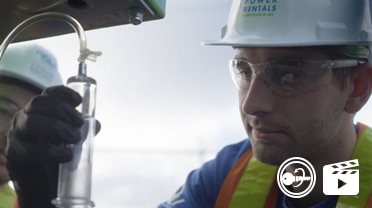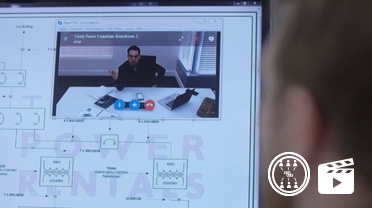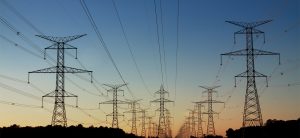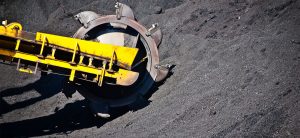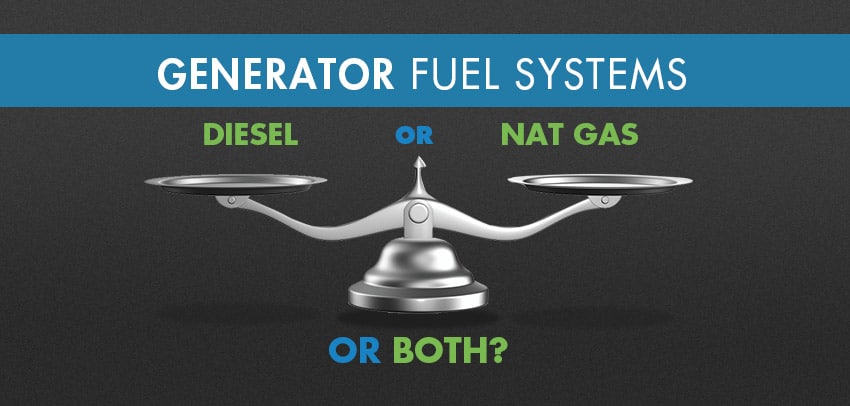- OUR APPROACH
-
COMMITTED TO YOUR SUCCESS
Our approach, developed over decades of experience, is fine-tuned to get the results you want.
We deliver concept-to-completion solutions, designed by temporary power specialists with access to the largest inventory of high-quality power generation and distribution equipment in North America.
-
- Equipment
-
RENTALS
From a wide range of diesel and natural gas generators to transformers, cable, light towers and more, our large rental fleet and extensive vendor network ensure we’ll have the temporary power equipment that your project requires — every time.
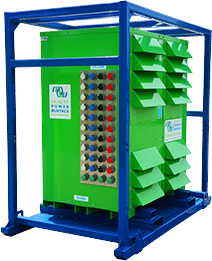
-
- Industries
-
INDUSTRIES WE SERVE
For nearly 20 years, we have been at work powering projects across Canada’s industrial sectors.
Select from this sampling of industries to learn how we can put our expertise to work for you.
VIEW ALL- Projects
- About
-
A PROUD HISTORY. A BRIGHT FUTURE.
From our inception in 1998, we have been building our team on a foundation of excellence. Our team members’ passion, expertise and commitment are what have allowed us to grow into a national company with projects across Canada.
Click on the links to learn more about our history, our team or our career opportunities.
- Blog
- Contact
-
With a new iPhone coming out every other day, mobile apps being created more quickly than anyone can learn how to use them, and everything from toasters to airplanes being subjected to near-constant updates, it seems like a truism to say that technology and progress go hand in hand.
Although generator technology hasn’t evolved with the same frantic speed as some other industries, it hasn’t stalled out either.
As the downturn in the oil and gas industry presses on, the cost of fuel fluctuates, and Tier 4 Final emissions standards spread through the various segments of the power generation industry, innovation is beginning to knock at the door.
We spoke with the experts at Simson Maxwell and L&D Electrical Enterprises about what kind of innovation they are seeing in the 200kW to 2000kW range of generators.
Is Natural Gas the Way Forward?
Ben Beeching, Simson Maxwell’s GM of power generation sales, has been in the industry for 25 years, but the biggest shift he has seen has happened in the last few. “It’s not a new technology,” Beeching explains, but, “natural gas fuel technologies seem to be gaining traction.” There are several reasons for this, according to Beeching: “We used to pay upwards of $9 [per MBTU] and we’re sitting around $1.80 now. So the cost of the commodity of natural gas is extremely low.” Beeching continues, “The infrastructure for natural gas is growing, so it’s becoming easier to hook up natural gas. And then on the other side, the expenditures for diesel are going up and up and up. So natural gas is becoming an economic viability.”
But despite the increase in infrastructure, and the drop in price, natural gas still has obstacles to overcome, especially in mobile applications, according to Ben Desrosiers, Director at L&D. “Natural gas is great if you’re on a site where you can get natural gas from a process, or you have a line available to you,” explains Desrosiers, “but for mobile applications, natural gas doesn’t pack the same amount of punch as diesel.”
Desrosiers concedes that there are many mobile applications that use natural gas generators, or a combination of natural gas and diesel. Even so, he says, generators that run on natural gas can be “sluggish” compared to generators running on diesel, which poses a risk: “They don’t respond well to dips and power surges,” explains Desrosiers. “You can lose a generator because it doesn’t have the potential power to pick itself back up after a drop.”
The Rising Popularity of Controllers
Both Desrosiers and Beeching agree that the most interesting recent advances in new generator technology involve controllers.
Beeching recalls, “It used to be relays, and huge control boards, and the synchronizing gear would be on the wall; it would take up a lot of square footage to be able to synchronize generators.” But these days, all you need is a small controller. “The electronics have shrunk way down to controllers that will fit on the genset and will synchronize to the other generators,” Beeching explains.
Along with controllers, remote monitoring is making it much easier and more efficient for engineers and technicians to keep an eye on their generators. “We’re able to just log onto a website and check oil pressure, fuel level, and how many kilowatts the units are running,” says Beeching. “We’re able to monitor the units more effectively.”
According to Desrosiers, controller capabilities might soon extend beyond synchronization and monitoring. “I know that generator controls are heading to a point where the engines are basically able to ramp themselves up and down, depending on the load, to save fuel,” he explains, adding that he is unable to disclose any further information at this time.
The ability to automatically adjust a generator’s output to match its load at any given time could save a huge amount of fuel. “With a 2000 kW generator, or lower, those generators run, and they run up, and they stay there running until you turn the generator off,” explains Desrosiers. “And a generator that size is going to take about 1500 litres of diesel in a given day. The carbon footprint for just the one generator is astronomical and you have set-ups that have up to 5 of these generators running.”
Is Tier 4 Final a Challenge or an Opportunity?
Beginning in 2014, the EPA (Environmental Protection Agency) began to enforce Tier 4 Final emissions standards for non-road diesel engines—including generators. As Tier 4 makes its way into Canada (CEPA has aligned Canadian standards to US standards), it could represent both challenges and opportunities for the power generation industry in Canada.
“You can see in the states, how it’s affecting them,” says Desrosiers. “They brought in Tier 4, and all these backup generators are being removed and replaced because of the new laws. That’s going to hit Canada soon as well.” Desrosiers believes that this could generate a lot of sales in the power generation industry.
Beeching is more reserved in his speculation, noting that there are no clear, written EPA specifications for stationary equipment. “Currently, it states Tier 0,” explains Beeching, (though he adds that it is rare to find anything lower than Tier 2 in Canada since so many manufacturers and distributors are either based in the US or do business there). “So we’re hesitating on what the future is going to entail for half our business.”
While the future according to Tier 4 may still be uncertain, it has already begun to drive innovation — diesel exhaust fluid (a fluid that, when combined with an SCR catalyst, converts NOx into nitrogen and water), for example, is emerging as a way to meet the emissions requirements.
Whatever the future may hold, it seems clear that, when it comes to new generator technology, change isn’t coming — it has arrived.
Related Articles
Subscribe for access to exclusive content
